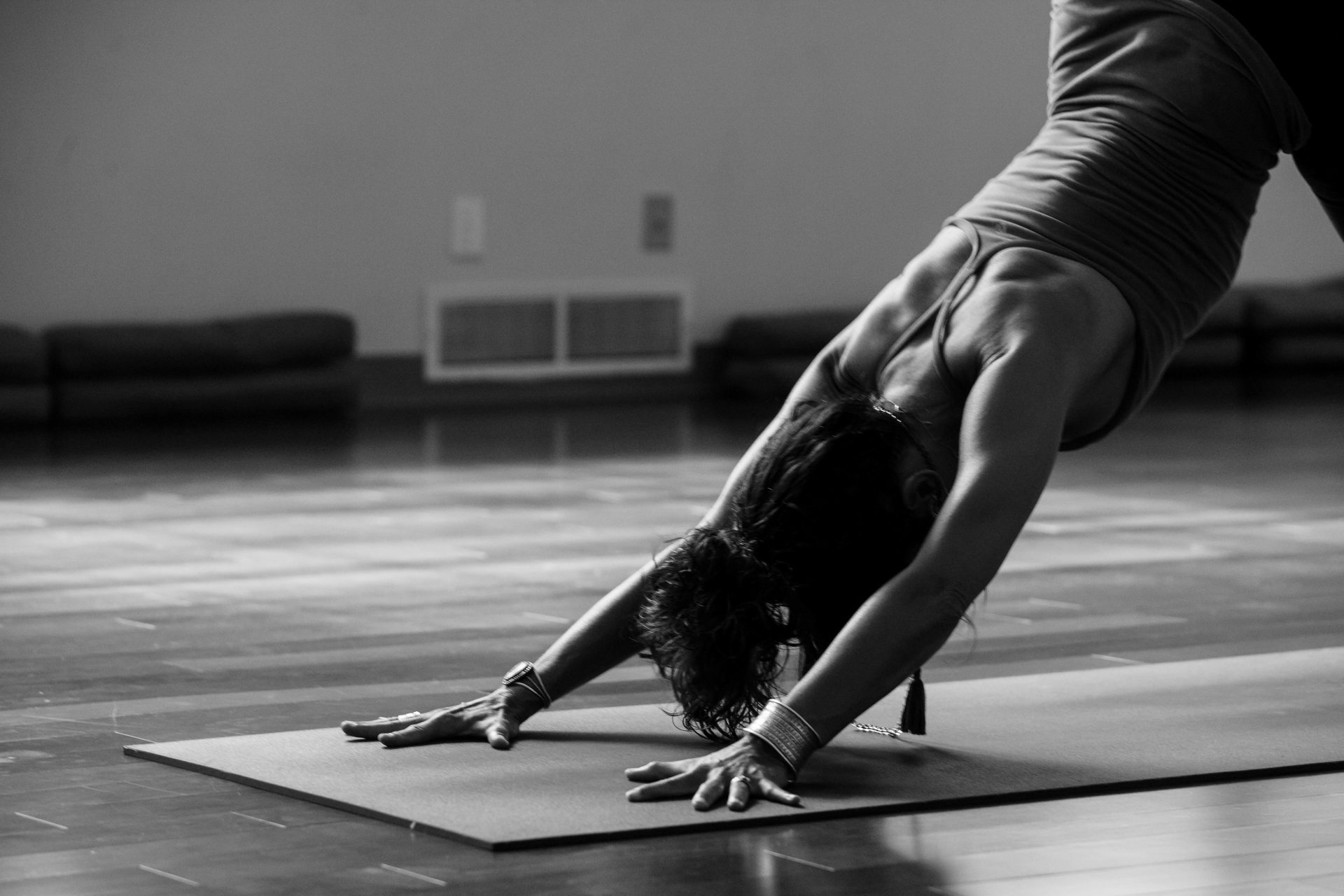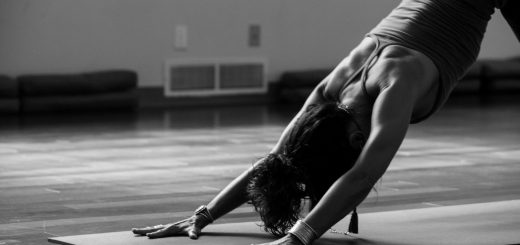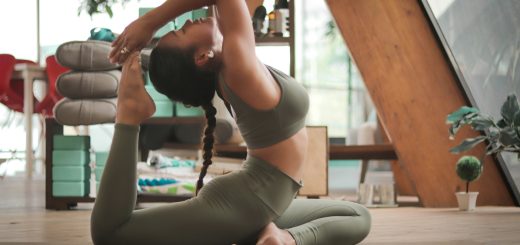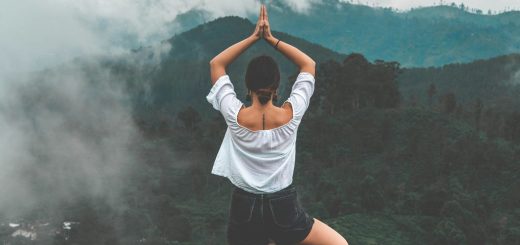Yoga Poses for Balance and Stability: Ground Yourself

Before diving in, please note: This post is for informational purposes only. If you’d like to know more about how we approach topics, feel free to check out our friendly Disclaimer Page.
Hey there, amazing readers! 🖐️ Just a quick note: yes, we know there are a lot of ads here. Trust us, we get it—it’s not the prettiest look, but they help us keep this blog alive and kicking. Those pesky little ads cover the costs of all the behind-the-scenes magic, from hosting and tech stuff to creating content we hope you’ll love.
We’re committed to delivering quality posts, and your support (even just sticking around despite the ads) means everything to us. So, bear with us, and thanks for helping us keep the good vibes rolling. Now, on to the fun stuff! 😉
TRANSLATE BUTTON AT THE END OF THE ARTICLE
Introduction: The Importance of Balance and Stability in Yoga
Balancing poses are an essential part of any yoga practice, as they not only help improve physical stability but also cultivate mental focus and concentration.
By challenging our balance on the mat, we can develop strength in key muscle groups, improve posture, and enhance coordination.
In addition, practicing balance poses can help us to feel more grounded and centered in our daily lives, both on and off the mat.
When we work on balance and stability in yoga, we engage our core muscles, which are crucial for maintaining proper alignment and support throughout our practice.
By focusing on our breath and staying present in each pose, we can develop a sense of mindfulness and body awareness that carries over into other areas of our lives.
Whether you are a beginner or an experienced yogi, incorporating balance poses into your practice can have a transformative effect on your overall well-being.
Mountain Pose: Establishing a Strong Foundation
Mountain Pose, or Tadasana, is a foundational pose in yoga that helps to establish a strong and steady foundation.
To practice Mountain Pose:
Stand tall with your feet hip-width apart and parallel to each other.
Engage your thigh muscles, lift your kneecaps, and tuck your tailbone slightly.
Roll your shoulders back and down, extending your arms alongside your body with your palms facing forward.
Lengthen your spine and crown of your head towards the sky, grounding down through your feet.
Mountain Pose is a great starting point for building awareness of your alignment and posture, as well as connecting with your breath and centering your mind before moving into more challenging balance poses.
Tree Pose: Cultivating Balance and Focus
Tree Pose, or Vrksasana, is a balancing pose that targets the muscles of the legs, hips, and core, while also improving focus and concentration.
To practice Tree Pose:
Begin in Mountain Pose and shift your weight onto your left foot.
Lift your right foot off the ground and place the sole of your right foot on the inner left thigh, calf, or ankle.
Press your foot into your thigh and your thigh into your foot, finding a steady balance.
Bring your hands to prayer position at your heart center or extend them overhead.
Tree Pose challenges your balance and stability while also encouraging a sense of calm and focus.
It is a great pose for improving posture and alignment, as well as building strength in the muscles of the standing leg.
Warrior III: Strengthening Your Core and Legs
Warrior III, or Virabhadrasana III, is a powerful standing balance pose that strengthens the core, legs, and back muscles.
To practice Warrior III:
Begin in Mountain Pose and shift your weight onto your right foot.
Hinge forward at the hips, extending your left leg straight back behind you and parallel to the floor.
Reach your arms forward alongside your ears, palms facing each other.
Engage your core muscles and lengthen through your spine, creating a straight line from your fingertips to your heel.
Warrior III is a challenging pose that requires strength, focus, and balance.
By practicing this pose regularly, you can improve your core stability, develop greater body awareness, and cultivate mental resilience.
Eagle Pose: Improving Concentration and Stability
Eagle Pose, or Garudasana, is a balancing pose that targets the muscles of the legs, hips, and shoulders, while also improving concentration and stability.
To practice Eagle Pose:
Begin in Mountain Pose and bend your knees slightly.
Cross your right thigh over your left thigh, hooking your right foot behind your left calf.
Bring your arms out to the sides at shoulder height, and cross your right arm under your left arm, wrapping your forearms together.
Sink down into a squat position, keeping your chest lifted and spine long.
Eagle Pose challenges your balance and stability while also opening up the shoulders and hips.
It requires focus and concentration to maintain the pose, helping to quiet the mind and improve mental clarity.
Half Moon Pose: Enhancing Balance and Coordination
Half Moon Pose, or Ardha Chandrasana, is a balancing pose that strengthens the legs, core, and glutes, while also enhancing balance and coordination.
To practice Half Moon Pose:
Begin in Warrior II with your right knee bent and left leg extended straight.
Place your right hand on the floor or a block in front of your right foot, about a foot away.
Shift your weight onto your right foot and lift your left leg parallel to the floor.
Extend your left arm towards the sky, stacking your shoulders and hips.
Half Moon Pose challenges your balance and coordination while also stretching and strengthening the muscles of the legs and core.
It requires focus and awareness to find stability in the pose, helping to improve both physical and mental strength.
Dancer Pose: Building Strength and Stability
Dancer Pose, or Natarajasana, is a graceful balancing pose that strengthens the legs, core, and back muscles, while also improving stability and flexibility.
To practice Dancer Pose:
Begin in Mountain Pose and shift your weight onto your right foot.
Bend your left knee and reach back with your left hand to grab the inside of your left foot or ankle.
Press your foot into your hand as you extend your right arm forward, lifting your left leg up and back.
Keep your chest lifted and extend through your fingertips and toes.
Dancer Pose challenges your balance and stability while also stretching and strengthening the muscles of the legs and back.
It requires focus and strength to maintain the pose, helping to improve both physical and mental resilience.
Chair Pose: Engaging Core Muscles for Stability
Chair Pose, or Utkatasana, is a powerful standing pose that engages the core muscles, legs, and glutes, while also improving stability and strength.
To practice Chair Pose:
Begin in Mountain Pose and inhale as you raise your arms overhead.
Exhale as you bend your knees and sit back as if sitting in an imaginary chair.
Keep your weight in your heels, engage your core muscles, and lift through your chest.
Hold the pose for several breaths, feeling the strength and stability in your legs and core.
Chair Pose challenges your balance and strength while also toning the muscles of the legs and core.
It requires focus and awareness to maintain proper alignment and stability in the pose, improving both physical and mental resilience.
Crow Pose: Developing Arm Strength and Balance
Crow Pose, or Bakasana, is an arm balance pose that strengthens the arms, core, and wrists, while also improving balance and focus.
To practice Crow Pose:
Begin in a squat position with your feet hip-width apart and your hands shoulder-width apart on the mat.
Bend your elbows and lean forward, shifting your weight onto your hands.
Lift your feet off the ground, bringing your knees to rest on the backs of your upper arms.
Engage your core muscles and gaze forward, finding stability and balance in the pose.
Crow Pose challenges your arm strength and balance while also engaging the core muscles and improving focus.
It requires concentration and determination to lift your feet off the ground and hold the pose, helping to build physical and mental resilience.
Side Plank: Improving Core Stability and Balance
Side Plank, or Vasisthasana, is a challenging pose that targets the muscles of the core, arms, and shoulders, while also improving balance and stability.
To practice Side Plank:
Begin in Plank Pose with your wrists under your shoulders and your body in a straight line.
Shift your weight onto your right hand and outer edge of your right foot, stacking your feet and hips.
Extend your left arm towards the sky, stacking your shoulders and engaging your core.
Hold the pose for several breaths, feeling the strength and stability in your core and arms.
Side Plank challenges your core stability and balance while also strengthening the arms and shoulders.
It requires focus and alignment to maintain the pose, helping to improve both physical strength and mental clarity.
Warrior II: Strengthening Legs and Improving Balance
Warrior II, or Virabhadrasana II, is a powerful standing pose that strengthens the legs, core, and arms, while also improving balance and focus.
To practice Warrior II:
Begin in Mountain Pose and step your left foot back, keeping your right foot forward and bending your right knee.
Extend your arms out to the sides at shoulder height, with your gaze over your right fingertips.
Ground down through your feet and engage your core muscles, feeling the strength and stability in your legs and arms.
Hold the pose for several breaths, building strength and focus in your body and mind.
Warrior II challenges your leg strength and balance while also engaging the core and arms.
It requires focus and alignment to maintain the pose, helping to improve both physical stability and mental resilience.
Conclusion: Incorporating Balance Poses into Your Yoga Practice
Incorporating balance poses into your yoga practice can have numerous benefits for both your physical and mental well-being.
By challenging your balance and stability on the mat, you can strengthen key muscle groups, improve posture, and enhance coordination.
These poses also help to cultivate mindfulness, focus, and body awareness, which can carry over into other areas of your life.
Whether you are a beginner or an experienced yogi, practicing balance poses like Mountain Pose, Tree Pose, Warrior III, Eagle Pose, Half Moon Pose, Dancer Pose, Chair Pose, Crow Pose, Side Plank, and Warrior II can help you to build strength, improve stability, and enhance your overall yoga practice.
Remember to listen to your body, breathe deeply, and stay present in each pose as you work towards finding balance and stability both on and off the mat.
Embrace the challenge and enjoy the journey towards greater strength, resilience, and mindfulness through your yoga practice.

The Enlightenment Journey is a remarkable collection of writings authored by a distinguished group of experts in the fields of spirituality, new age, and esoteric knowledge.
This anthology features a diverse assembly of well-experienced authors who bring their profound insights and credible perspectives to the forefront.
Each contributor possesses a wealth of knowledge and wisdom, making them authorities in their respective domains.
Together, they offer readers a transformative journey into the realms of spiritual growth, self-discovery, and esoteric enlightenment.
The Enlightenment Journey is a testament to the collective expertise of these luminaries, providing readers with a rich tapestry of ideas and information to illuminate their spiritual path.
Our Diverse Expertise 🌟
While our primary focus is on spirituality and esotericism, we are equally passionate about exploring a wide range of other topics and niches 🌍📚. Our experienced team is dedicated to delivering high-quality, informative content across various subjects ✨.
To ensure we provide the most accurate and valuable insights, we collaborate with trusted experts in their respective domains 🧑🏫👩🏫. This allows us to offer well-rounded perspectives and knowledge to our readers.
Our blog originally focused on spirituality and metaphysics, but we’ve since expanded to cover a wide range of niches. Don’t worry—we continue to publish a lot of articles on spirituality! Frequently visit our blog to explore our diverse content and stay tuned for more insightful reads.






